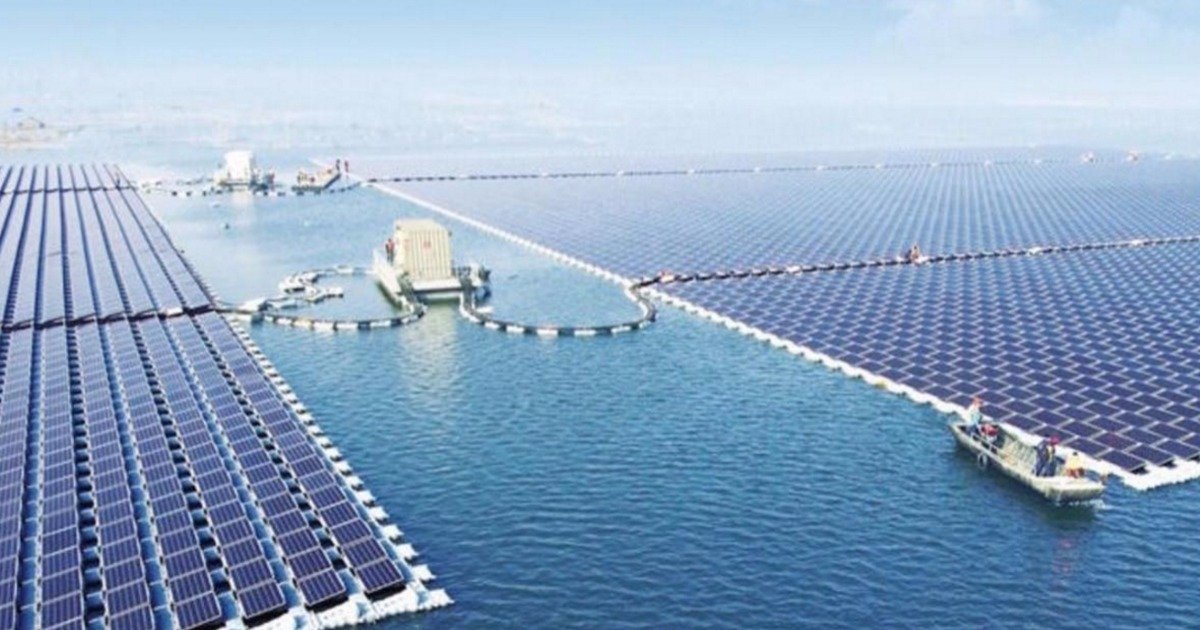According to a new study, it’s virtually impossible to tell how many poisonous chemicals contaminate California’s water supply through fracking, and how much damage it’s causing, reported ThinkProgress.
Because it’s so difficult to determine what chemicals are damaging the state’s water supply, the California Council on Science and Technology (CCST) has recommended that agencies ban the reuse of fracking wastewater. That means not transporting wastewater into aquifers used for irrigation, drinking water, or returning the water back to nature.
During the fracking process, chemical-laden water is used to assist in drilling for oil and natural gas. The process generates millions of gallons of wastewater that’s contaminated with hundreds of chemicals, many of which are unknown under the protection of proprietary-use laws. What to do with the wastewater has become a controversial issue. The study noted that no California agency “has conducted a systematic study of the possible impacts” of fracking wastewater.
There has only been one independent water contamination study done in California, and other similar studies in different American regions provide mixed results. Because there is little information on what chemicals are used during fracking or how they may affect the environment, there isn’t a hard and fast starting point to conduct studies measuring wastewater contamination. According to the CCST study, “most groundwater sampling studies do not even measure stimulation chemicals, partly because their full chemical composition and reaction products were unknown prior to this study.”
Outside of scattered reports concerning human health issues connected to fracking and the obvious damage it does to our planet, determining the true danger of fracking is tough. That’s frightening. Without an idea of exactly what fracking companies are putting into our water, the battle against companies that harm human health and the environment will quickly turn uphill.



